6 Restaurant Traditions That Deserved To Vanish – And 6 We Miss From Classic Diners
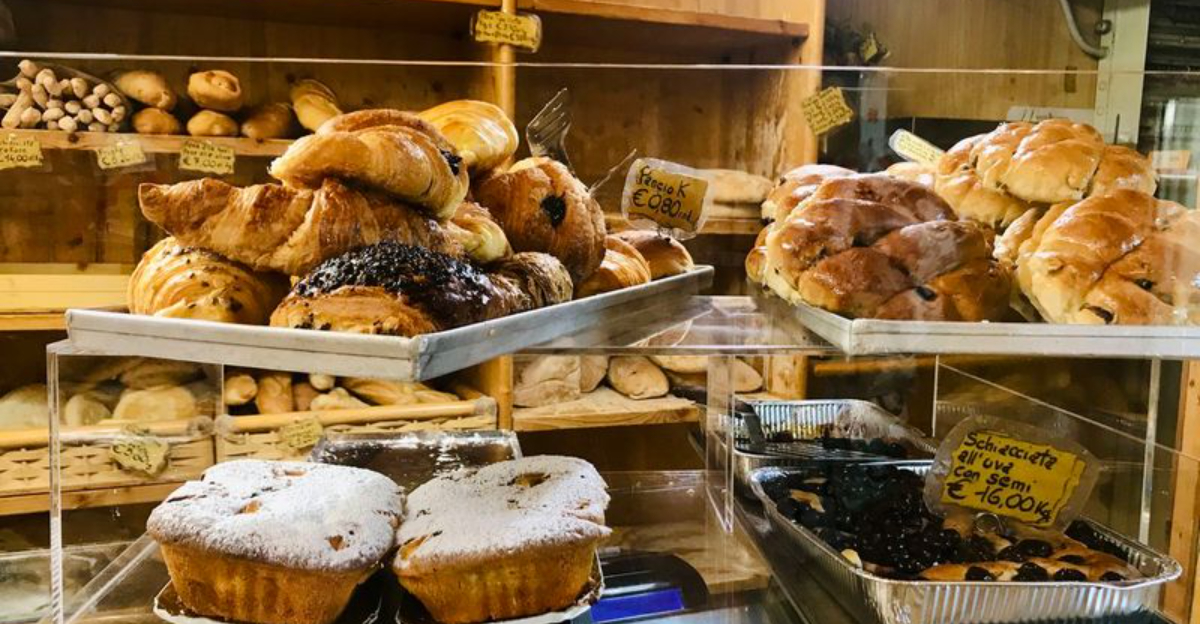
Remember when dining out wasn’t just about the food, but about the whole experience—from the jingling of a tabletop jukebox to the clatter of dishes behind a chrome-trimmed counter? I’ve been eating in restaurants since I could barely peek over the edge of the table, and let me tell you, it’s been quite the evolution.
Some changes were undoubtedly for the better—farewell to the days when cigarette smoke drifted between bites of your meatloaf—but others make me long for a time when dining felt a bit more personal and a lot more fun. There was a certain magic in the way waitresses called you “hon” with a wink, or how every booth felt like it had its own little world.
Sure, today’s minimalist interiors and digital menus are sleek, but where’s the soul? Let’s take a nostalgic journey through the restaurant traditions that have come and gone. We’ll celebrate the improvements, laugh at the quirks, and tip our imaginary hats to the timeless charm of the classic diner experience.
Who knows—maybe some of these long-lost traditions deserve a comeback, just for the sake of bringing a little warmth and whimsy back to the table.
1. Smoking Sections That Weren’t Really ‘Sections’

Nothing ruined a perfectly good cheeseburger faster than a cloud of secondhand smoke drifting over from the table next door. I still remember my parents requesting the ‘non-smoking section’ only to be seated three feet away from the smoking area with nothing but a sad little plastic plant as a divider.
The smoke traveled wherever it pleased! Restaurant smoking sections were like having a peeing section in a swimming pool – utterly pointless. Your clothes would reek, your food tasted like an ashtray, and the poor servers had to breathe that stuff all day long.
Even as a kid, I wondered why we bothered with the charade. When the smoking bans finally rolled across America in the early 2000s, restaurants smelled better overnight. Suddenly you could taste your food properly, and the air didn’t burn your eyes. Good riddance to this health hazard masquerading as a dining option!
2. Formal Dress Codes For Everyday Dining
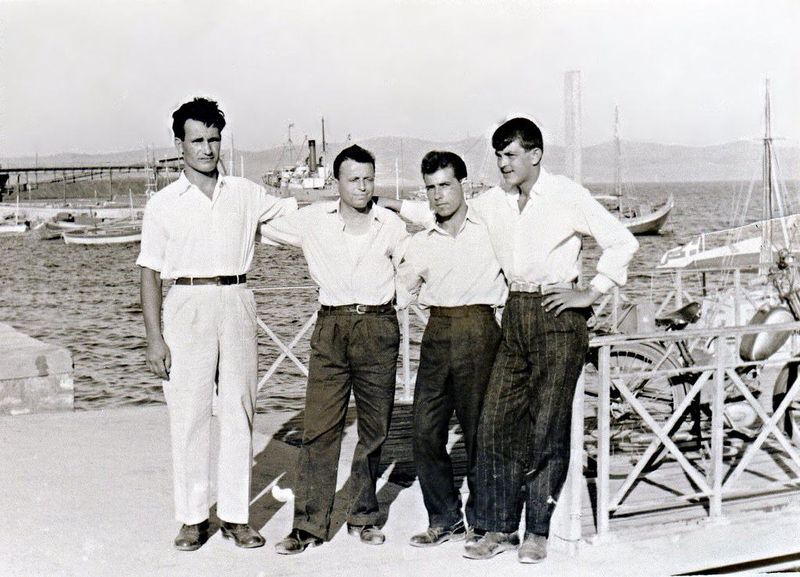
My grandpa used to tell stories about putting on his Sunday best just to grab a burger downtown. Can you imagine wearing a tie to Applebee’s today? In the 1950s and 60s, many restaurants wouldn’t seat you without proper attire – men in suits, women in dresses and heels. The stuffiness of it all seems ridiculous now.
I once found a photo of my parents dressed to the nines at what was essentially the equivalent of today’s casual chain restaurant. Mom was wearing gloves and a hat, for goodness sake! The expectation created unnecessary barriers and turned what should have been enjoyable outings into stressful occasions.
While I appreciate nice restaurants maintaining some standards (no, sir, swim trunks aren’t appropriate dinner attire), the death of mandatory formal wear for everyday dining was a victory for comfort and inclusivity. Now we can focus on the food rather than worrying about our wardrobe.
3. Cash-Only Payment Policies
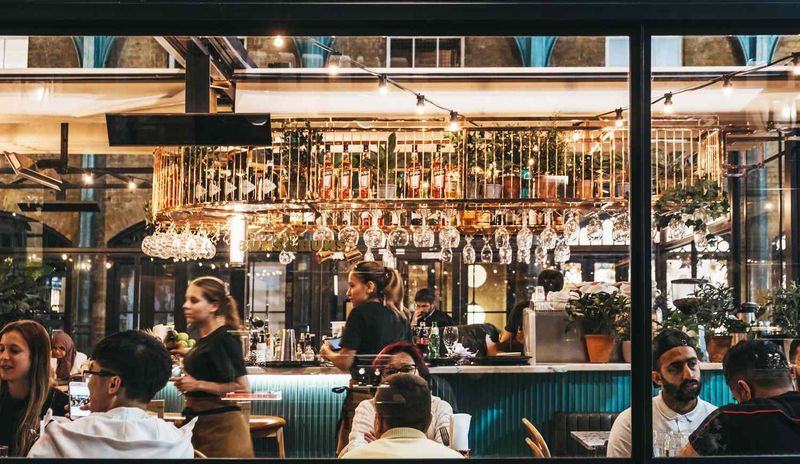
The panic of reaching for your wallet only to realize you’ve got twelve cents and a stick of gum is a nightmare I don’t miss. Cash-only restaurants were the bane of spontaneous dining! I’ll never forget driving 40 minutes to a famous pizza joint with friends, only to discover their dusty ‘NO CARDS’ sign when the bill arrived.
What followed was a desperate scramble – counting change, borrowing from friends, and the inevitable hunt for an ATM that charged a fee equal to the cost of an appetizer. The whole process transformed a pleasant meal into a mathematical stress test. And heaven help you if you wanted to split the bill evenly among six people!
The transition to card readers, contactless payments, and digital options has made dining out infinitely more convenient. While I understand the restaurant’s perspective (those processing fees add up!), forcing customers to carry cash was a tradition that deserved to die alongside the rotary phone.
4. Excessive Table-Side Showmanship
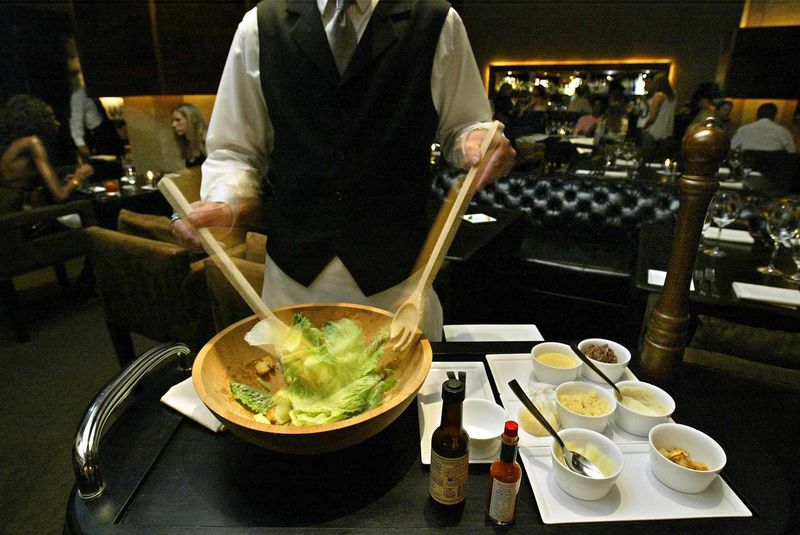
My first date with my wife involved a waiter who spent 15 excruciating minutes preparing Caesar salad at our table with all the drama of a Shakespearean actor. We couldn’t talk, couldn’t make eye contact, just watched as he narrated every egg crack and anchovy mash. We still laugh about it today! The era of over-the-top tableside preparation – flaming desserts, elaborate salad tossing, and meat carving ceremonies – often prioritized theatrical flair over food quality.
These performances frequently led to lukewarm meals, awkward silences, and the nagging feeling that you were being held hostage by someone wielding salad tongs. While I appreciate the occasional tableside guacamole or a quick pepper grind, the death of mandatory tableside showmanship has streamlined dining experiences.
Restaurants now save the drama for special occasions rather than turning every Tuesday night dinner into dinner theater. Sometimes you just want to eat your food, not watch its life story!
5. Gender-Based Menu Pricing
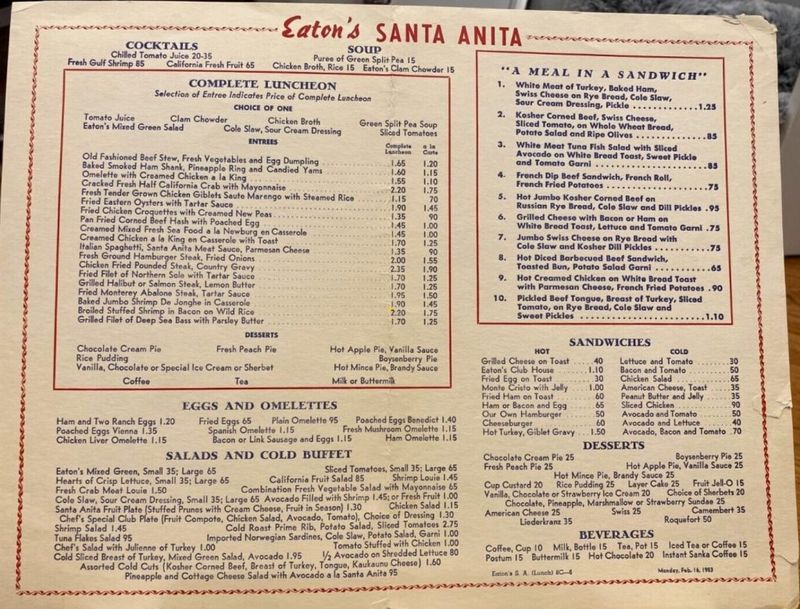
My aunt still tells the story of her first date in 1965, when she received a “ladies’ menu” with no prices listed. The assumption? The gentleman would order for her and handle the bill. Meanwhile, he got the “real” menu with all the shocking numbers. Talk about awkward! This bizarre practice wasn’t just old-fashioned – it was downright insulting.
Women were treated like delicate flowers who might faint at the sight of a price tag, or worse, as financial burdens who shouldn’t worry their pretty little heads about money. The practice reinforced outdated gender roles and created unnecessary discomfort.
Restaurants finally wised up to the fact that women have jobs, bank accounts, and the remarkable ability to read numbers without swooning. The end of gender-based menus marked a small but significant step toward treating all diners with equal respect. Good riddance to this antiquated tradition that belonged in a museum, not a modern dining establishment!
6. Mandatory Tipping For Terrible Service
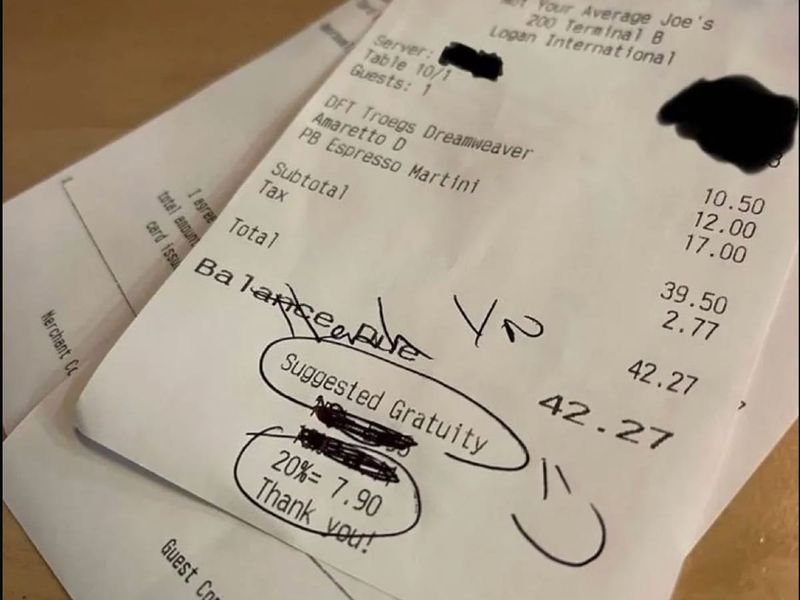
I once had a server who disappeared for 45 minutes, brought me the wrong order twice, and still had the audacity to circle the suggested 20% tip on my receipt. The awkward social obligation to tip regardless of service quality has been one of dining’s most frustrating traditions. The American tipping system originated as a way to reward exceptional service, but morphed into a mandatory subsidy allowing restaurant owners to underpay staff.
This created a strange dynamic where servers depend on the generosity of strangers rather than fair wages from employers. Meanwhile, diners feel pressured to tip well even after dismal experiences, creating resentment on both sides.
Thankfully, some restaurants are now adopting no-tipping policies with fair wages built into their business models. This transparent approach eliminates the awkward math, ensures staff receive consistent income, and removes the power imbalance. When tipping becomes truly optional again – a genuine thank you rather than an obligation – both dining experiences and server livelihoods will improve.
7. Sassy Career Waitresses Who Knew Your Order Before You Did
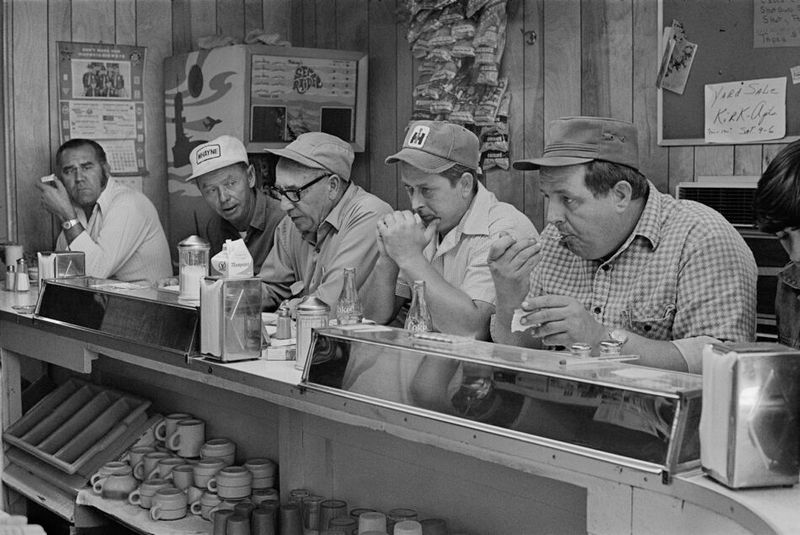
“Honey, you don’t want that – you want the meatloaf. Trust me.” Marge at my hometown diner didn’t just take orders; she made executive decisions about your meal choices. With her pencil tucked behind her ear and coffee pot permanently attached to her hand, she’d been serving the same families for decades. These career waitresses were the heart and soul of classic diners.
They remembered your kids’ names, asked about your mother’s hip surgery, and somehow knew exactly when you needed a refill without you saying a word. Their efficiency wasn’t corporate-trained; it was battlefield-tested through years of Sunday morning rushes and late-night truck driver invasions.
Modern chain restaurants with their rotating staff of college students just can’t replicate this magic. I miss the brutally honest service professionals who weren’t afraid to call you “sweetie” or tell you when you were making a poor menu choice. Their disappearance left a hole in American dining culture that no tablet ordering system can ever fill.
8. All-Day Breakfast Without The Guilt Trip
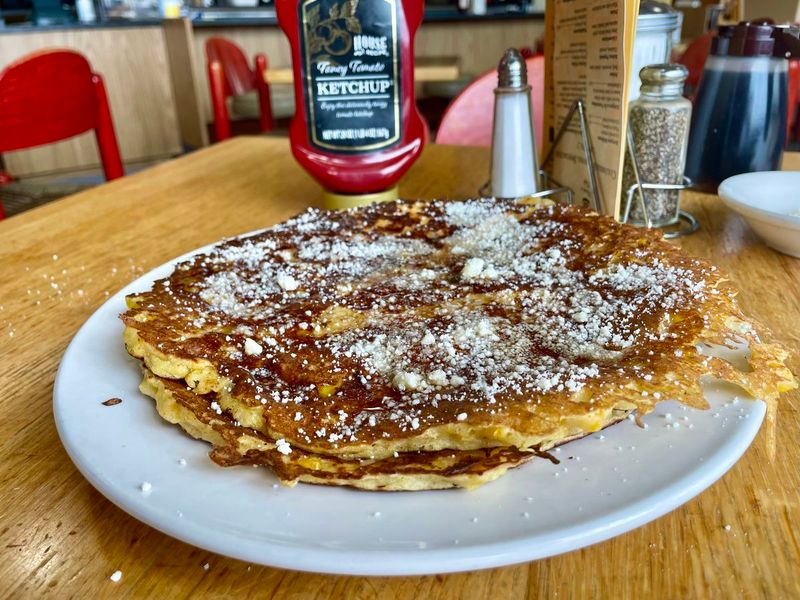
The look of judgment from today’s brunch server when you order pancakes at 2 PM is something you’d never experience in a classic diner. “Breakfast for dinner? Coming right up!” was the cheerful response at my favorite childhood greasy spoon, not “The kitchen is transitioning to lunch service, so…” Classic diners embraced the beautiful chaos of serving eggs at all hours.
There was something wonderfully democratic about it – the night shift worker could enjoy a proper breakfast at 8 PM, while the late sleeper could score French toast at noon. Nobody questioned your life choices or circadian rhythms!
While some modern restaurants offer all-day breakfast, they’ve lost the no-questions-asked attitude that made diner breakfast special. The simple joy of ordering pancakes whenever the craving struck represented American dining freedom at its finest. I miss the days when your breakfast timing wasn’t treated as a character flaw but simply as another order to fill with a smile and extra syrup on the side.
9. Massive Portions That Could Feed A Family
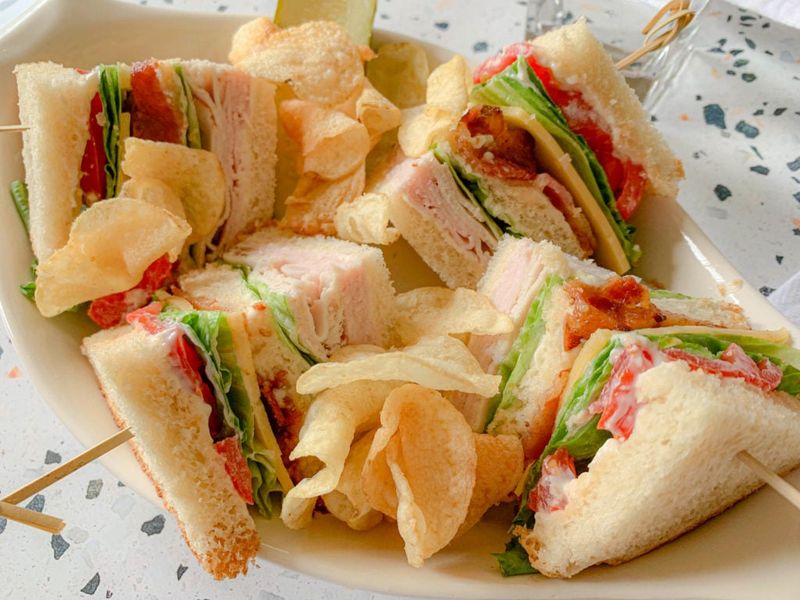
My grandfather took me to his favorite diner when I was ten, ordered one club sandwich, and proceeded to split it between us – with leftovers! Classic diners didn’t just serve meals; they provided feasts that defied the laws of plate physics and human stomach capacity. Those mountainous portions represented a certain kind of American generosity.
Nobody left hungry, and the doggie bag was a given, not an exception. The value wasn’t just in the initial meal but in tomorrow’s lunch too! The waitress didn’t raise an eyebrow when you requested a to-go container – she expected it. Today’s carefully portioned, Instagram-worthy plates might be prettier, but they lack the honest abundance of diner servings.
While I understand the health and waste concerns of oversized portions, I miss the simple joy of being overwhelmed by a plate of food that made you feel like you’d gotten more than your money’s worth. That satisfying feeling of impossibility when the server set down a plate that could double as a serving platter is a vanishing pleasure.
10. Countertop Dining With Strangers Becoming Friends
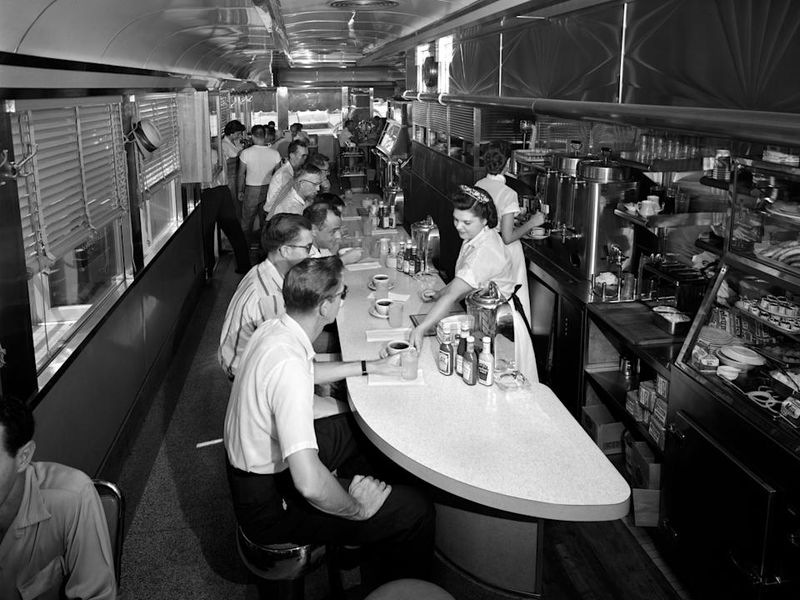
I met one of my best buddies at a diner counter in 1998. Both of us solo diners, we ended up debating baseball stats over pie after overhearing each other’s opinions on the Yankees. That spontaneous connection would never happen at today’s individual tables or booth-dominated restaurants. The diner counter was America’s original social network – a communal eating space where strangers became temporary companions.
You’d sit elbow-to-elbow with truck drivers, lawyers, grandmas, and teenagers, all sharing condiments and conversation. The counter democratized dining, creating unexpected connections across social boundaries that rarely intersect in daily life.
With smartphones now commanding our attention and restaurants prioritizing private seating, we’ve lost this beautiful tradition of casual community. The counter wasn’t just efficient use of space; it was social infrastructure that combated loneliness and broadened perspectives. Solo diners today might get better wifi, but they miss the chance connections that once made eating alone anything but lonely.
11. Dessert Display Cases Of Temptation
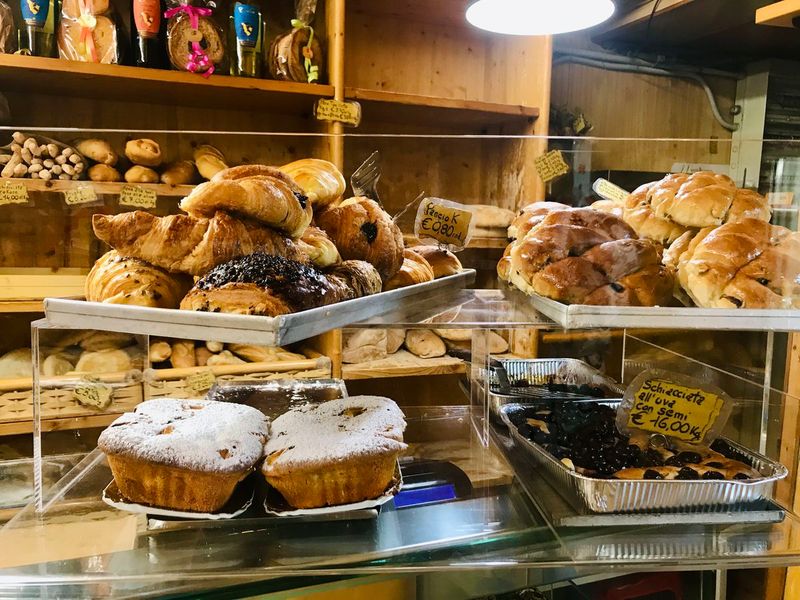
The strategic placement of the rotating pie case by the entrance was psychological warfare of the sweetest kind. As a kid, I’d press my nose against the glass, mesmerized by the slowly revolving cheesecakes and mile-high meringues, planning my dessert before I’d even ordered dinner. These gloriously unapologetic displays didn’t hide behind nutritional information or modest portions.
They celebrated dessert as a worthy finale rather than a guilty afterthought. The pies weren’t made for Instagram – they were made for actual consumption, with generous slices cut by waitresses who’d ask “A little more?” as they added an extra dollop of whipped cream.
Modern restaurants with their hidden desserts described in hushed tones like forbidden indulgences have lost the joyful transparency of the display case. There was something wonderfully honest about seeing exactly what you’d be getting, imperfections and all. I miss that sweet anticipation and the shared experience of pointing at your selection while the whole restaurant watched with approving nods.
12. Paper Placemats With Games And Local Ads
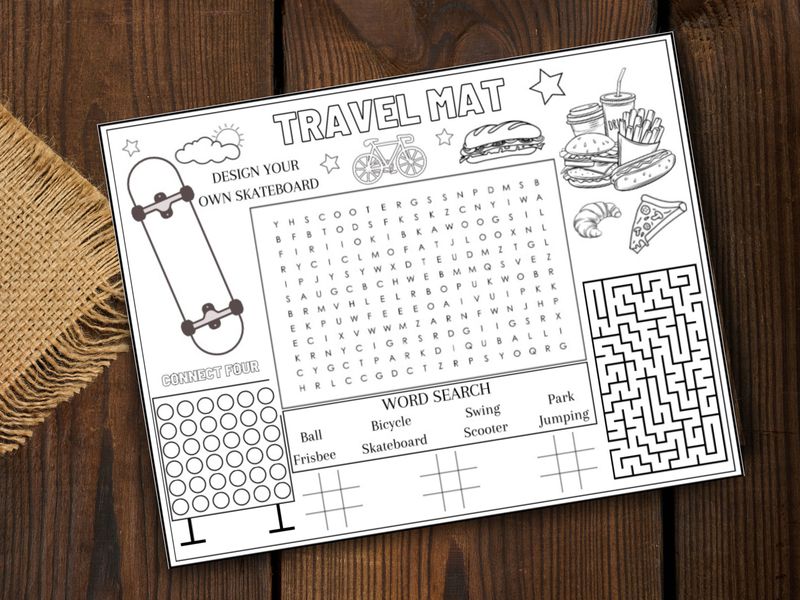
Nothing kept a fidgety kid like me occupied better than those paper placemats covered in word searches, mazes, and advertisements for local businesses. I’d meticulously work through every puzzle while waiting for my grilled cheese, using those stubby crayons that always seemed to be missing the color I needed most.
These humble placemats served multiple purposes – entertainment, local business directory, and inevitable spill-catcher. They connected diners to their communities through ads for everything from Bob’s Auto Repair to Marge’s Beauty Salon, creating a hyperlocal business network long before social media. Each one was like a time capsule of small-town commerce.
Today’s sleek, minimalist place settings might be more sophisticated, but they lack the charm and practicality of those paper predecessors. Digital distractions have replaced the simple joy of completing a connect-the-dots while waiting for your food. I miss these tactile, disposable ambassadors of local culture that made waiting time fly by without a screen in sight.
